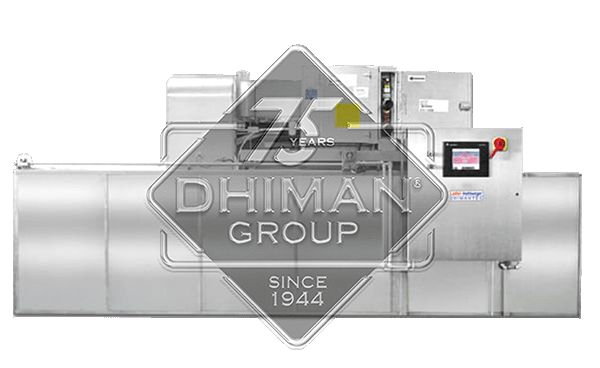Understanding your customers’ needs, preferences, and opinions is crucial for success, irrespective of what kind of business you have. Market research through surveys offers a powerful tool for gaining valuable insights into consumer behavior and market trends. However, the effectiveness of these surveys hinges on the quality of the questions asked. Besides knowing the various Survey examples, you should also be familiar with the intricacies of crafting assessment questionnaires that yield meaningful data. That’s what this article talks about, besides exploring various types of questions, strategies for clarity and neutrality, and the role of technology in streamlining the assessment process.
The Importance of an Effective Survey Questionnaire
Effective survey questions serve as the foundation of any market research endeavor. They provide the means to gather accurate and actionable data that can inform strategic decision-making. Well-crafted questionnaires can uncover valuable insights about customer satisfaction, product preferences, brand perception, and more.
Understanding the Basics: Types of Assessment Questions
Prior to crafting assessment questions, it’s important to grasp the array of types available. These include multiple-choice queries, open-ended inquiries, rating scales, and Likert scale questionnaires. Each type serves a unique function and is strategically employed to gather varied forms of information.
Crafting Clear and Specific Questions
Clarity and specificity are paramount when crafting survey questions. Ambiguous or vague questions can lead to misinterpretation and unreliable data. It’s important to clearly define the topic of inquiry and use language that is easily understood by the target audience. Questionnaires should be concise and to the point, avoiding unnecessary complexity.
Avoiding Bias in Survey Questionnaires
Bias in survey questionnaires can skew results and undermine the validity of the research. Common sources of bias include leading questions, loaded language, and assumptions about respondents’ knowledge or experiences. Careful attention should be paid to wording and phrasing to ensure neutrality and objectivity in the questionnaires.
Structuring Surveys for Maximum Engagement
The structure and format of an assessment play a significant role in its effectiveness. Surveys should be organized logically, with questions flowing in a natural sequence. Attention should be given to the length of the survey, keeping it concise to prevent respondent fatigue. Including engaging visuals or interactive elements can enhance the assessment experience and encourage participation.
Leveraging Technology: The Role of Customer Feedback Tools
Today, businesses have access to various tools and technologies to streamline the surveying process. Customer feedback tools offer advanced features that can simplify survey creation, distribution, and analysis. These tools empower businesses to gather real-time assessments from customers, allowing for quicker decision-making and more agile responses to market changes.
Streamlining Feedback Collection with Customer Feedback Tools
Customer feedback tools have undergone a transformative evolution in the realm of business feedback collection and analysis. Notably, customer feedback tools come with user-friendly in-app survey features, empowering businesses to craft bespoke surveys aligned with their precise requirements.
Enhancing User Experience with Interactive Heat Maps
In addition to survey capabilities, customer feedback tools offer interactive heat maps that provide valuable insights into user behavior. Heat maps visually display which areas of a website are receiving the most attention, helping businesses optimize their user interface and user experience (UI/UX) design.
In summary, the art of crafting an effective assessment questionnaire, besides knowing the various Survey examples, is paramount for extracting actionable insights that propel business expansion. Through the utilization of sophisticated customer feedback tools, businesses can streamline feedback collection, delve into user behavior intricacies, and formulate data-informed strategies that elevate performance and enrich the customer journey.


























